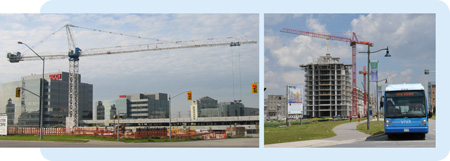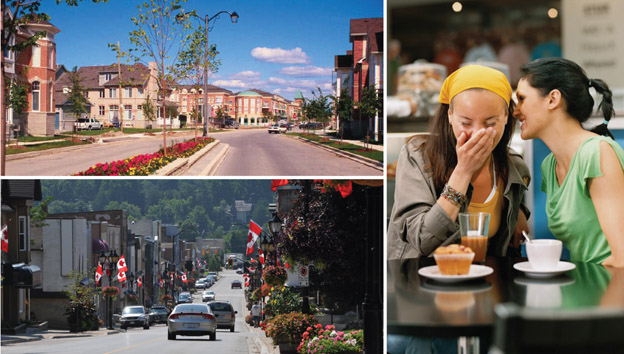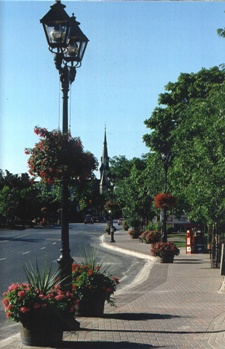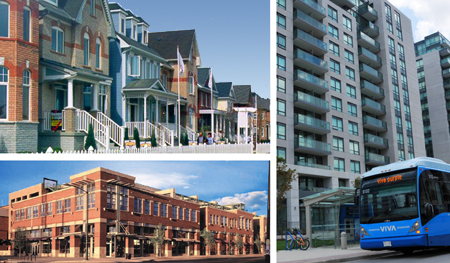
Here’s some new math you may not have seen before: vivaNext = more housing choices. How can that be? Let’s start by talking about housing options, and why they matter.
The expression, “one-size-fits-all,” applies to many things, but when it comes to housing preferences, we all have our own ideas about how we want to live. A traditional suburban house might be the perfect dream home for one person, but might be too big or too – well, suburban – for another. A stylish condo with a sleek balcony within walking-distance of entertainment and shopping is just what some people are looking for, but wouldn’t suit everyone.
No matter what our personal preferences might be, one of the values that most of us share is that we’d like to be able to choose where we live. Unfortunately, if a range of housing options is not available, it can be difficult for people to find suitable homes in a particular neighbourhood or community. And that’s a shame, because being able to stay in a neighbourhood you like, near friends and family, close to familiar services and supports – near your roots – means a lot to many people.
By bringing rapid transit to York Region, vivaNext will support the development of a wider range of housing options, so that every member of a family, whether they’re parents with young children, young adults moving out for the first time, or older people wanting to downsize, can live near the neighbourhood of their choice.
As a key component of the transit-oriented development being planned along the rapidways, new housing will be built, especially near the new centres that will be created in Markham, Newmarket, Richmond Hill and Vaughan. Almost all of the housing in these centres will be multi-unit, higher density apartments and condominiums. Elsewhere, other established neighbourhoods will be kept predominantly single family housing.
With so much of the new growth and housing planned in centres and along the rapidways, there will be less pressure on other areas to become more densely built up, allowing them to stay much the same. The ultimate goal is to preserve the balance around the region, offering more choice and more flexibility for people – no matter what stage of life they may be at, or their housing preferences.
Having more housing options means every member of your family can choose to stay in the community they love, even as their needs change over time. We’re pretty excited to think that vivaNext will help achieve such an important goal.

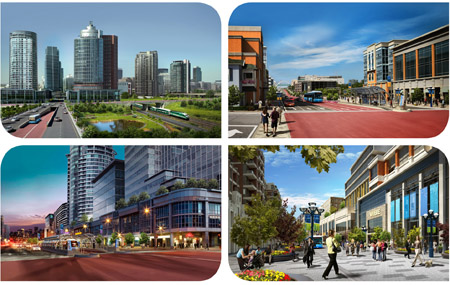

 Remember when you were a kid in a sandbox, and you could have endless fun with sticks and pebbles, building imaginary cities and towns, with houses, stores, roads and schools. You would make sure your city had everything people would want (including great rapid transit to zip people from the drawbridge to the castle), everything would be perfectly organized, and nothing would be too far away.
Remember when you were a kid in a sandbox, and you could have endless fun with sticks and pebbles, building imaginary cities and towns, with houses, stores, roads and schools. You would make sure your city had everything people would want (including great rapid transit to zip people from the drawbridge to the castle), everything would be perfectly organized, and nothing would be too far away.